Disability Claims and Post Traumatic Stress Disorder
Post-traumatic stress disorder (PTSD) is largely known as an anxiety disorder that comes about after a person has seen or experienced a major traumatic event. Such an event typically involves a severe injury, a criminal event or a possibility of death. Examples of traumatic events include natural disasters, sexual assault or rape, and intense experiences in war zones.
Essentially, PTSD patients are afraid that the traumatic event will happen again or they cannot escape haunting memories. They may relive the frightening incident through flashbacks and vivid dreams. Traumatic memories can be triggered by specific noises (i.e. fireworks, or thunder), confining conditions (such as a small elevator) or on the anniversary of the event.
People living with PTSD may be detached, become emotionally numb or feel like they have no future. They may also have difficulty sleeping or concentrating, have angry outbursts or respond in a strong way when mildly startled. Symptoms can appear up to six months after the event, and they usually dissipate over time, but some continue to experience PTSD for years.
Those suffering from PTSD may apply for Social Security disability benefits if their condition limits their ability to work. In these instances a patient’s medical records and work history will be evaluated to determine whether he or she can work in their former job or perform some other work while earning a substantial gainful income. If it determined that the patient cannot work under these circumstances, a medical vocational allowance may be given.
While a majority of SSI and DIB applications are resolved through medical vocational allowances, others must satisfy the blue book definition of anxiety disorders. Through medical reports and testimony, the claimant must satisfy two sets of criteria under Listing 12.06. Essentially the level of severity for anxiety disorders is met when the requirements in both A and B are satisfied, or when the requirements in both A and C are satisfied.
Category A criteria is satisfied when a patient’s records document at least one of the following findings, including:
- Recollections of a traumatic experience,
- Obsessions or compulsions of a recurring nature,
- A fear of a situation, object, or activity that is irrational and so persistent that it results in a compulsion to avoid the source of the fear,
- The occurrence, at least once per week on average, of severe panic attacks, characterized and accompanied by fear, intense apprehension, and feelings of impending doom, and terror, and finally
- Generalized persistent anxiety which is accompanied by at least 3 out of 4 signs or symptoms which may include autonomic hyperactivity, apprehensive expectation, motor tension, or vigilance and scanning behavior.
Criteria B is satisfied when it is shown that at least two of the following apply:
- That the claimant is restricted in his or her normal daily activities, to a level that is marked,
- That the claimant has marked difficulties in maintaining social functioning,
- That the claimant has difficulty in maintaining their concentration, persistence, or pace to a level that is marked,
- That the claimant has episodes of decompensation, that are repeated and of extended duration.
Criteria C is satisfied by showing that in addition to the Criteria A effects, the condition results in a complete inability to function independently outside of one’s home.
In applying for disability benefits, it is important to clearly describe the nature of the anxiety disorder as well as the typical reactions. This should include the duration of the reactions, specific triggers that exacerbate the condition, as well as detailed information on a patient’s ability to function. It is also critical for a physician, counselor or psychiatrist to note personal observations of the disorder and its effects on the patient.
Veterans dealing with PTSD are eligible for disability benefits through Veterans’ Affairs. The process is very similar to the civilian examination process, in that claimants must explain the behaviors they believe are linked to PTSD and detail how long they have been dealing with their condition. Traditionally, veterans who had not seen combat duty were not eligible, but that is no longer the case. If you have experienced traumatic events in a non-combat role, you may apply for PTSD benefits.
The preceding is not intended to be legal advice. If you have further questions about your eligibility for disability benefits, an experienced lawyer can help.

